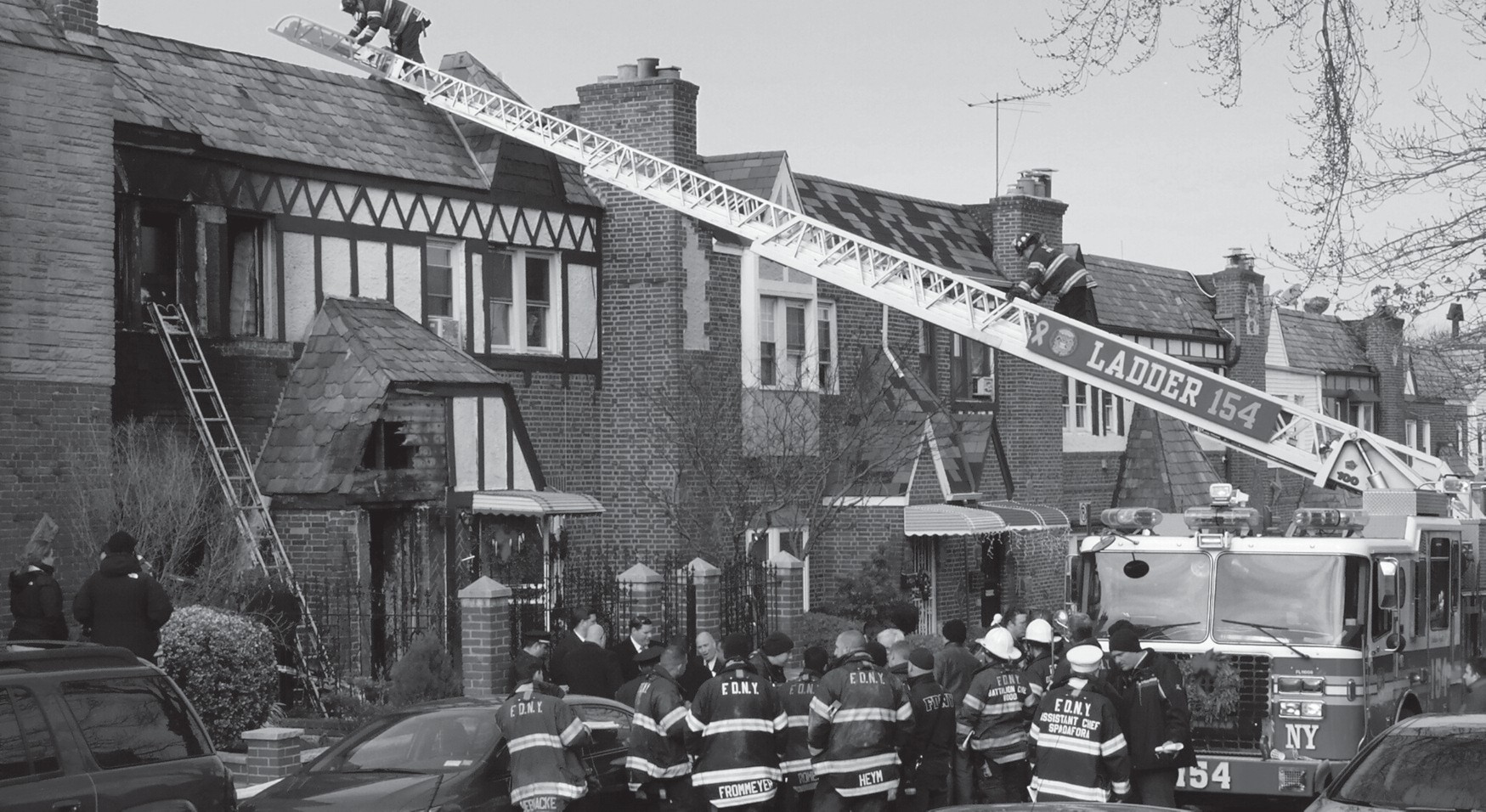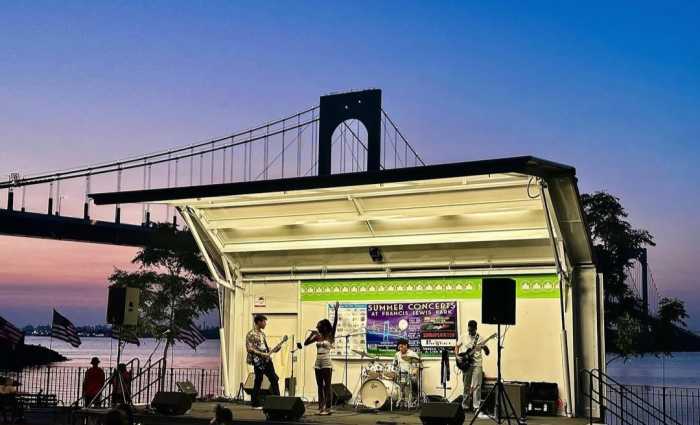Select Service Due To Arrive Next Year
The Department of Transportation (DOT) unveiled three Select Bus Service (SBS) design concepts for Woodhaven and Cross Bay boulevards last Wednesday, Nov. 5, but a transit union official believes the system will not significantly reduce congestion on the north to south corridor.

The DOT claims that riders using routes on the 14.4 mile Woodhaven/Cross Bay corridor will greatly benefit from SBS, but in a statement John Lyons, president of Amalgamated Transit Union Local 1179 came to a different conclusion: That the “plan resembles the proverbial square peg into a round hole.”
Following the completion of a Congested Corridor Study by the DOT, SBS was recommended as a long-term solution to reduce congestion and speed commutes on the boulevards.
The corridor currently has 10 bus routes with 30,000 daily riders, according to the DOT.
The DOT believes drivers and bus riders using the corridor will benefit from SBS features that include: Off-board fare collection, transit signal priority and dedicated bus lanes.
The first DOT design would install an offset bus lane one lane from the curb, a standard SBS plan. In the second proposal, dedicated bus lanes would be installed.
A third design would put dedicated bus lanes in the middle of the road, with bus stops at the right of the bus.
In a letter, Lyons stated that he believes improving local, regular bus service is needed more than investing in SBS, which will not result in a significant time savings, he claimed.
Lyons argued that installing SBS on the congested corridor will actually harm local service and stated that a “review of bus service on the corridor indicates few rides go the entire route end to end.”
He believes the greatest need is to improve local bus service on the corridor.
To accomplish this, without installing SBS, Lyons wants: Greater enforcement of doubleparking rules; to address traffic bottleneck points not being looked at by the DOT; to stagger buses to reduce bunching; to connect bus riders with other lines and subway transfers; and to ensure sufficient local bus service remains.
“SBS must compliment increased local service not diminish it,” he added. “Local buses remain vital to the community and local economy.”
There are seven SBS routes currently operating in New york City, according to the DOT.
SBS is New York City’s brand name for Bus Rapid Transit, a package of improvements that the DOT claims will result in faster and more reliable service on high-ridership bus routes.
After presenting the designs to the community at last Wednesday’s meeting, the DOT officials gathered feedback from attendees on posterboards.
Those suggestions and comments will be used to develop details for a preferred design, and to plan the capital project to install SBS in 2015, the DOT stated.

































